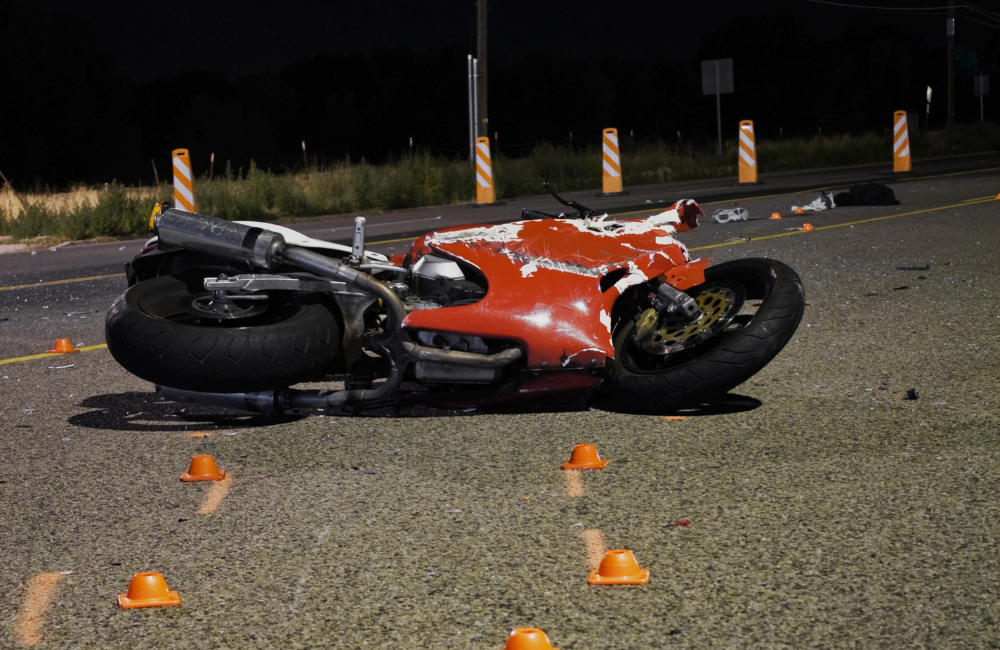After A Car Accident, Here’s What You Should Do With Your Child’s Car Seat
Car seats have a critical role in securing the youngest of passengers against injuries. Damaged or used car seats may not adequately secure children when a collision occurs. Automobile accidents that barely phase you as an adult could create serious problems for infants and toddlers.
If you’re involved in a car accident, your child’s car seat can become structurally compromised. This can happen even if the seat did not have an occupant. The National Highway Traffic Safety Administration advises that you replace a car seat involved in a motor vehicle accident unless you meet all five of the agency’s criteria for what it deems to be a minor accident. If any of the below circumstances arise from the crash or other events, do not keep the car seat.
You Can’t Drive the Car from the Crash Scene
A crash hard enough to make your vehicle inoperable likely will damage the car seat. The force of head-on collisions can knock your car out of alignment and crack radiators or engines. A vehicle that is out of alignment can cause a rapid loss of tire tread and make it difficult for the drivers to maintain control of the steering while driving. With leaking fluids come the likelihood of overheating, damaged engines, and malfunctioning brakes. A motor vehicle accident can damage the wheels and tires. In short, you will likely need a new car seat if your vehicle has to be removed from the crash scene by a tow truck.
Damage to Door Closest to Car Seat
In a four-door vehicle, inspect the rear door closest to the car seat (or base) for damage. You might consider both rear doors of a four-door if you mount the baby seat in the middle. For a vehicle with three rows of seats, count the two doors in the second row and the tailgate or liftgate as the closest doors. (SUVs and hatchbacks often come with tailgates and liftgates.) If any of those are damaged, deem the car seat unsafe for further use.
Injuries
After a car accident, you might initially dismiss any idea that you have been injured if you can walk afterward. However, refusing or denying medical treatment allows seemingly non-existent injuries or minuscule scraps or aches to fester into serious medical problems.
For example, a forehead impact on the steering wheel or dashboard might cause a concussion. Look for signs such as dizziness, headaches, blurry or double vision or memory loss. If you go to the hospital after the wreck, you likely will get an MRI or other imaging test that may detect the concussion. Head impacts may also cause interior swelling that can prove serious or even fatal. Other hidden injuries can impact your knees, ankles, shoulders, and back. Continued use of these and other extremities can aggravate what you believe to be minor pains into conditions that limit your ability to work, sleep, and engage in normal activities.
Any injury following an automobile crash demands your serious attention. Take it as a reason to replace your car seat and to get prompt medical treatment and attention. When you take your car wreck case to a Florida car accident attorney, have a list of hospitals and medical providers handy. The attorney will obtain medical records and bills to prove the extent of your injuries and that you took reasonable steps to prevent injuries. By all means, assume that any child passenger is injured enough to need a trip to the hospital or a doctor immediately.
Airbags Deployed
When an airbag is deployed after a car accident, you can readily conclude that the collision has enough force to damage your child safety seat. This includes any of your airbags — front, side, and knee airbags.
The activation of airbags does not only happen in high-speed collisions. Your front airbags may deploy at speeds as low as 10 to 12 mph, assuming an impact on an inflexible wall or barrier. If you are wearing a seatbelt, the activation threshold stands at around 16 mph. At speeds of as low as eight mph, a crash into a pole or tree will cause deployment of your side airbag. With collisions with other vehicles, driving at 18 mph is fast enough.
However, even when the airbag does not deploy, you may still need to discard the car seat. In fact, non-deployment might have caused some of your injuries and might give rise to a product liability claim. That is, the manufacturer or dealer of your car might face liability if the airbag failed to work. To sue the carmaker or seller, you likely need expert evidence that the airbag should have deployed in the crash. Your product liability claim may be time-barred depending on when you bought it and the age of the car. Talk with a Florida lawyer about injuries you claim to come from the malfunction of your vehicle.
The Car Seat Looks Undamaged
Examine the seat carefully for damage. The presence of cracks, broken pieces such as the armrest, headrest, or latch call for you to replace the seat. After a car crash, you might notice torn tethers or stitches or white stress marks that occur when something hits or applies pressure to the seat.
Even before a car accident, you should periodically inspect child car seats. Your police or sheriff’s office or fire department may offer seat inspection services. Trained technicians or personnel will look for cracks and other indicia of damage to the seat and whether you have correctly installed it in the car.
Recalls
The car seat itself can place your infants, toddlers, or other small children at risk of injury. To that end, stay informed of any voluntary or government recalls of your car seat. The National Highway Traffic Safety Administration provides a search tool for recalled car seats by brand name or model. You might see recall notices in the news, the manufacturer’s website, or even at various retailers that sell car seats or other infant or baby products.
As a rule of thumb, you generally should not use a car seat involved in a wreck. A child’s car seat can be damaged or otherwise rendered unreliable even in what appears at first to be a minor wreck or one involving low speeds. As you should not dismiss potential seat damage, you should not discount the possibility of injury from a wreck. When you refuse or neglect medical attention, you could aggravate hidden injuries or harm, and the insurance company’s lawyer may say you failed to mitigate your damages.
If you have been in a car wreck, contact a Florida car accident attorney before you discard the seat. In fact, it might serve as evidence related to the crash and your injuries or those of any passenger in the seat. The lawyer can review your case and determine if defective drivers, airbags, or car seats contributed the harm.



